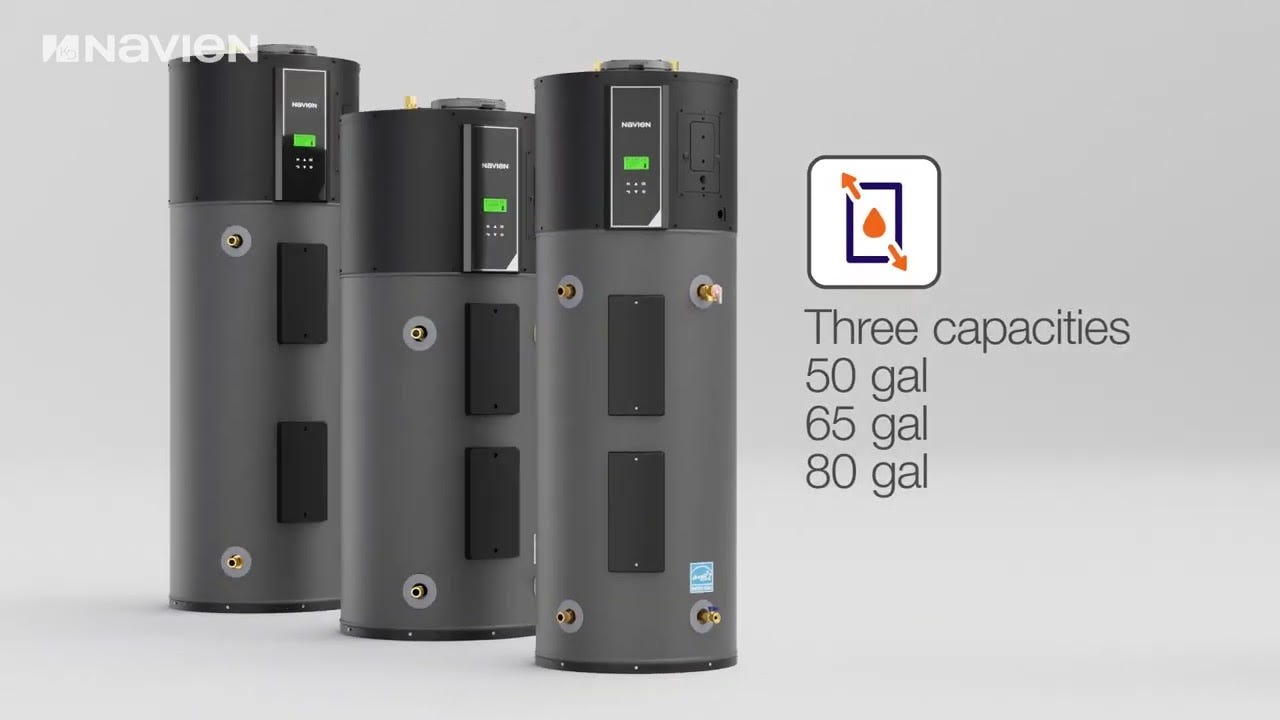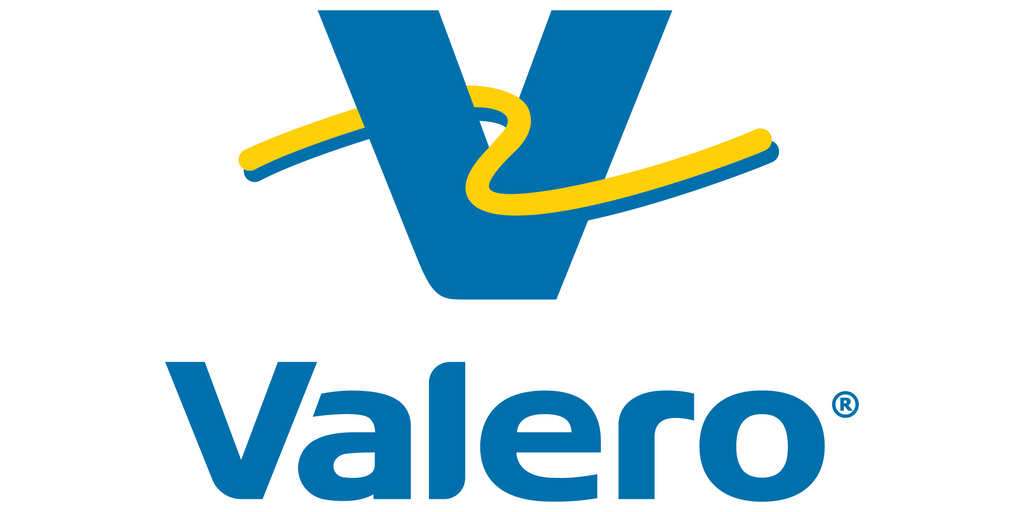Support CleanTechnica’s work through a Substack subscription or on Stripe.
Navien, a 50 year old company that leads the market in tankless gas water heaters and boilers, is making a big splash (pun intended) with its first heat pump water heater (HPWH), which came to market this fall. This HPWH (called the NWP 500) is a deviation for the company because it’s one of the few products it produces that has a tank and is fully electric. Yet, Navien has transferred some of the unique features it includes in its tankless gas water heaters to this new heat pump, including a stainless steel tank and a recirculation pump that they manufacture themselves.
Navien’s entrance into the HPWH market is also exciting news because now over 12 manufacturers are selling HPWHs in the US, up from less than a handful a couple years ago, showing just how important HPWHs are becoming to the water heating industry.
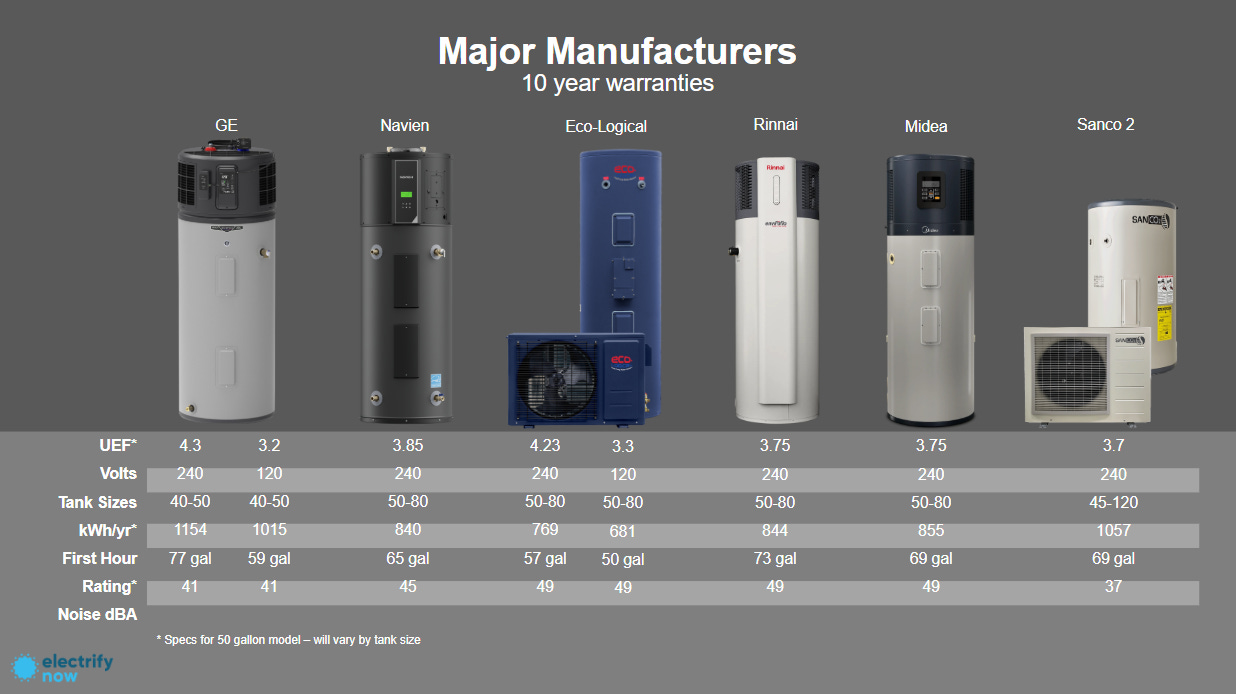
Why Navien made a heat pump
Here at the Advanced Water Heating Initiative and CleanTechnica, we try to bring you interviews and articles on the latest developments in HPWH technology the same way we often read about the latest electric vehicles. We offer all HPWH manufacturers this opportunity to get their new and exciting equipment reviewed and profiled by us (for free), and, spoiler alert, we’re pretty big fans of all of this tech.
But we are especially interested when a company like Navien, which has specialized in tankless gas water heaters for decades, comes to the market with a heat pump water heater. Navien is a South Korean company with a strong focus on sustainable products. It first brought its extra-efficient condensing gas water heaters and boilers to the North American continent in 2008 and has increased its market share significantly over the past two decades. It now claims the largest market share of any company for gas tankless water heaters.
But Navien has also been watching the market move away from gas and towards lower carbon and electric solutions, with HPWHs becoming the fastest growing market segment. So the company decided to expand its offerings and, for the first time, began building a water heater with a tank and heat pump. This was an admittedly “huge shift” for Navien. But, rather than put their branding on another manufacturer’s product (a valid strategy for coming to market that others in the industry have chosen to do), Navien decided to make the leap and design and build their own heat pump water heater.
This process took a few years and meant that Navien is now entering a very crowded field. But, by waiting, Navien allowed the HPWH market to mature and also got feedback from installers on ways to improve its heat pump water heater. It’s now bringing a sleek, black HPWH to market that has gotten strong reviews from a couple of contractors I’ve talked to who have installed them. Here are a couple of the innovative features of the Navien heat pump water heater from our recent interview with the company.
Stainless steel tank
The first feature to talk about, the one that sets Navien apart most from its competitors, is the inclusion of a stainless steel water tank. Most other water heaters have a steel tank, with sacrificial metal rods (called anode rods) that attract the corrosive elements in water and slowly disintegrate so the tank doesn’t. A stainless steel tank avoids this tank corrosion and anode rod replacement and should be more durable.
Why aren’t other water heater manufacturers using stainless steel tanks? Cost is probably the primary reason. Navien thinks that, due to its decades of experience working with stainless steel along with the large volume it works with, it gets good enough pricing to keep this premium feature cost competitive.
Navien built recirculation pumps (coming soon)
Many homes have recirculation pumps that constantly circulate hot water through the pipes so that when someone opens the tap, they have hot water immediately. While these types of recirculation pumps save water (you don’t have to let a lot of water go down the drain while you’re waiting for it to get hot), they waste a lot of energy and do not work well with heat pump water heaters (check out a session we did on this topic recently for why). On-demand recirculation pumps, where the user pushes a button, do work well with heat pump water heaters, however. Navien is the first manufacturer to introduce its own recirculation pump that will fully integrate with the HPWH. This recirc pump will monitor the tank temperature to work extra efficiently and effectively according to the company. It will also have a timer feature as well as an ability to use a push button when someone walks into the room. Having an integrated recirc pump is great news for the industry because it’ll make it easier for homes who want recirculation to install a HPWH and have it work efficiently.
Off-the-Shelf Ducting
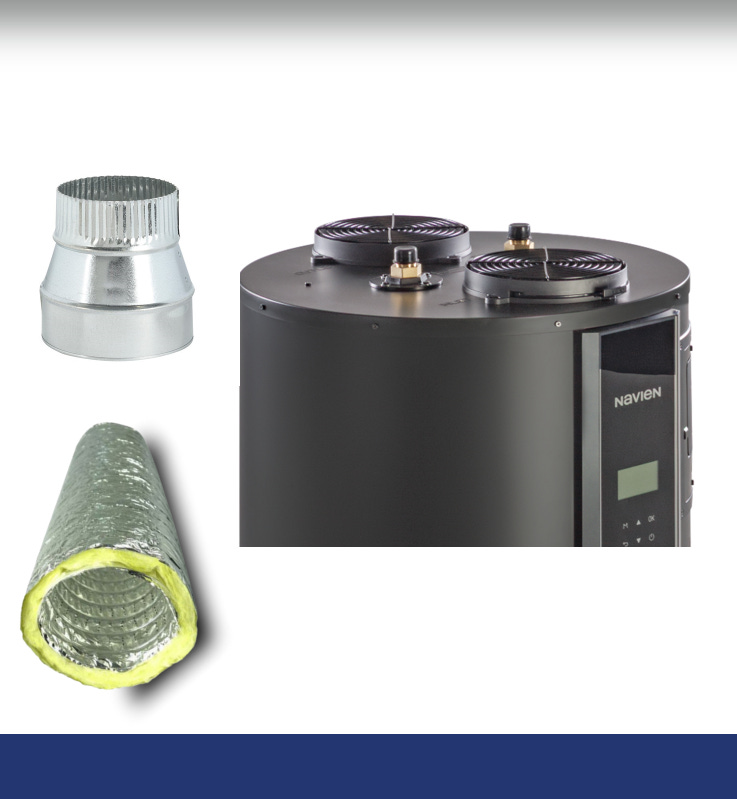
Navien is also making its new HPWH easier to duct. Most HPWHs don’t need to be ducted — if you have them in a basement or garage, you can just pull the warm air from the surrounding space and exhaust the cool air into it. But ducting offers homeowners like me, who have a HPWH in a utility closet, the option to install a heat pump and remove the cold air it produces. Most manufacturers allow their heat pump water heater to be ducted, but Navien is one of the first to design their HPWH to use off-the-shelf ducting materials rather than a proprietary kit. This means that during an emergency replacement, when an installer realizes they might need to duct a HPWH, they will probably have all the materials on their truck or be able to run out and get them quickly. This enables easier HPWH installs, which is always good.
Other cool features
Navien’s new HPWH includes other cool features too. The company focused on reducing sound coming from its HPWH, focusing on the compressor, mounting brackets, and fan. It designed a simple control panel that walks installers through setup in an easy and straightforward way. The control screen also changes color when the heat pump is running and shows how much hot water the tank has, which I think is cool. Finally, the water heater can store water to 150 degrees, which is the second highest temp I’ve seen on a HPWH (behind GE’s 160 degree HPWH) and means consumers can store water hotter and get more of it (with proper scald protection or a mixing valve of course).
What contractors are saying
This product is very new, but anecdotal feedback I’ve heard from installers putting these in is very positive. They say the top features for them of this product are the stainless steel tank, the plug and play recirculation pump, and the fact that the Navien is very accessible, so it can be repaired. The only drawback they’ve mentioned so far is the fact that the units are a little larger than other manufacturers’, which can make them harder to install in tight spaces.
Navien is focusing heavily on contractor training for its product rollout. It claims to be building on its experience with tankless water heaters where it was initially hard to get installers to embrace that technology until it focused on training and installer support (which includes a support line that runs 7 days a week).
Go-to-market plan
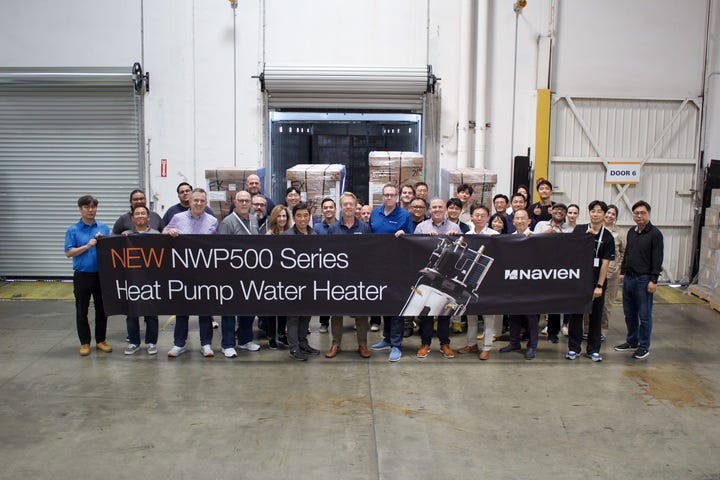
The Navien HPWH is already shipping and available to contractors across North America. Navien does not sell to consumers, so you’d only be able to get one through a contractor that installs them. Navien is interested in bringing its HPWH to both the strong HPWH markets (the West Coast and Northeast) along with areas like the Southeast that have the perfect climate (warm) and water heater stock (electric resistance) for HPWHs.
All in all, the Navien HPWH is an exciting new entrant to the heat pump water heater market. Coming from a company that exclusively focuses on gas tankless water heaters, it’s a sign of the market shift to heat pumps and offers a new product with innovative design and manufacturing for consumers to choose from.
Check out our deep dive interview with Navien and other reviews of HPWHs here!
Sign up for CleanTechnica’s Weekly Substack for Zach and Scott’s in-depth analyses and high level summaries, sign up for our daily newsletter, and follow us on Google News!
Have a tip for CleanTechnica? Want to advertise? Want to suggest a guest for our CleanTech Talk podcast? Contact us here.
Sign up for our daily newsletter for 15 new cleantech stories a day. Or sign up for our weekly one on top stories of the week if daily is too frequent.
CleanTechnica uses affiliate links. See our policy here.
CleanTechnica’s Comment Policy

